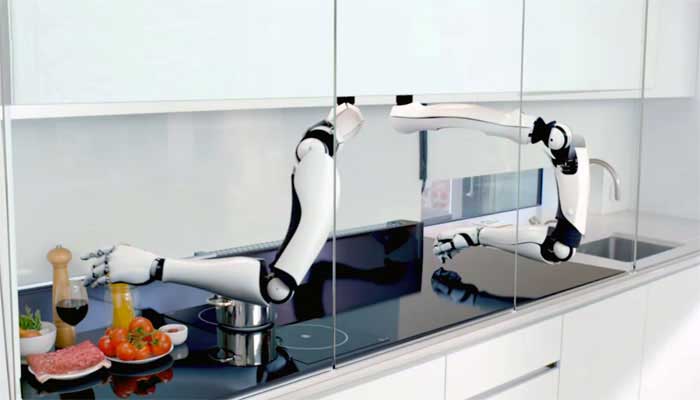Environmental, social and governance (ESG) investment is when a person decides with whom they should invest with beyond monetary benefits, mainly based upon social, environmental and ethical reasons. There are two different types of ESG investors; active and passive.
An active ESG investor is somebody who still keeps their profit in mind. While they will bear in mind the environmental, social and ethical values of a company they decide to invest in, their top priority is the profit they can make. An active manager would be somebody looking for a financially beneficial reason to integrate ESG factors into their business. An example of this would be a company switching to wind power to provide electricity for them because their consumer base was demanding a greener process, and so therefore to appeal to more like minded customers the company decides that the best way to expand on their business is to integrate a more environmentally operation.
Passive ESG investment is when an investor is not so interested by the profit they will make from an investment, but rather the ethical contribution it will make towards their portfolio. An example of this would be choosing one company over another to invest in as, although their projected growth was lower, the chosen company invests a large portion of money in environmental protection programmes that align with the investors values and so therefore strengthens their portfolio by non-profit means and towards an ethical goal.
To analyse a passive investors portfolio, first you must decide which values you wish to emphasise with. While some people choose to measure ESG using a point scoring system, the reality of it is much more fluid as it is based on consumers and investors opinions and beliefs over something as black and white as a fact. Basically, what is important to one person could be insignificant to somebody else.
As well as deciding which factors are deemed significant enough, investors have to decide the best ways to measure them. This can vary drastically on the investors beliefs and values and overall understanding of what they consider important.
One of the most common factors considered when making investments is fossil fuel consumption and greenhouse gas pollution. The general consensus is that we are running out of fossil fuels, so investing in green renewable energy is a long term solution for when these limited supplies are exhausted. Risky investments are not considered stable for long term investors.
When creating a passive investment portfolio it is also worth considering which industry sectors most align with your values. Energy companies tend to have low ESG scores, however industries such as technology tend to be much more favourable due to the nature of the underlying business models.
As the world develops and changes and consumers and investors wish to be better informed of the nature of a company and their values and beliefs, access to this information is becoming more accessible, and it is becoming more possible to refine your portfolio to something which goes far beyond merely producing a profit; you can produce a statement with where you decide to place your money.




